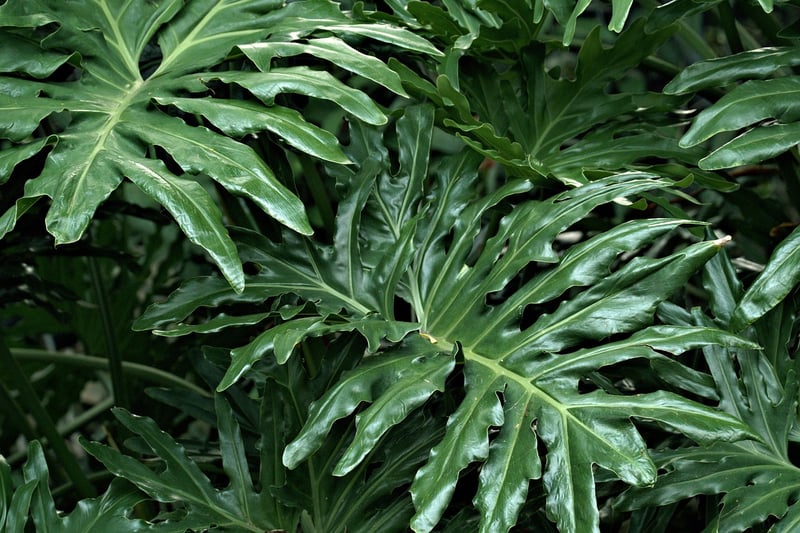Light Requirements
Aesthetic and Functional Advice for Indoor Plant Placement
Indoor plants not only add beauty to your living space but also contribute to a healthier environment by purifying the air and reducing stress. Proper placement of indoor plants is essential to ensure they thrive and enhance the aesthetics of your home. Here are some aesthetic and functional tips to consider when placing indoor plants:
1. Consider the Light Requirements
One of the most critical factors in determining where to place your indoor plants is the amount of light they need. Different plants have varying light requirements, so it's essential to match them with the right spot in your home.
Low Light Plants:
- Snake Plant: Ideal for low light conditions and can thrive in indirect sunlight.
- ZZ Plant: Requires minimal light and is perfect for beginners.
Medium Light Plants:
- Pothos: Thrives in medium to bright indirect light and is known for its trailing vines.
- Spider Plant: Prefers bright, indirect light and can also tolerate some shade.
High Light Plants:
- Fiddle Leaf Fig: Requires bright, indirect light to grow well and develop its iconic large leaves.
- Monstera: Thrives in bright, indirect light and enjoys some direct sunlight.
By understanding the light requirements of your indoor plants, you can ensure they receive adequate sunlight to thrive and remain healthy.
2. Balance Aesthetics with Functionality
When placing indoor plants, consider both the aesthetic appeal and functional benefits they bring to your space. Create visual interest by mixing plant sizes, shapes, and textures while ensuring they complement your home decor.
Additionally, strategically place plants near windows to maximize natural light exposure and improve air circulation. Grouping plants together can create a lush and vibrant display, adding a refreshing touch to any room.
Remember to choose planters that not only match your decor style but also provide adequate drainage to prevent waterlogging and root rot.
3. Rotate Plants for Even Growth
To promote even growth and prevent your plants from leaning towards the light source, rotate them regularly. This simple practice ensures that all parts of the plant receive adequate sunlight, leading to balanced and healthy growth.
With these aesthetic and functional tips in mind, you can create a harmonious indoor plant display that elevates the ambiance of your home while providing a conducive environment for your green companions to flourish.

For more inspiration and plant care tips, check out The Sill.
